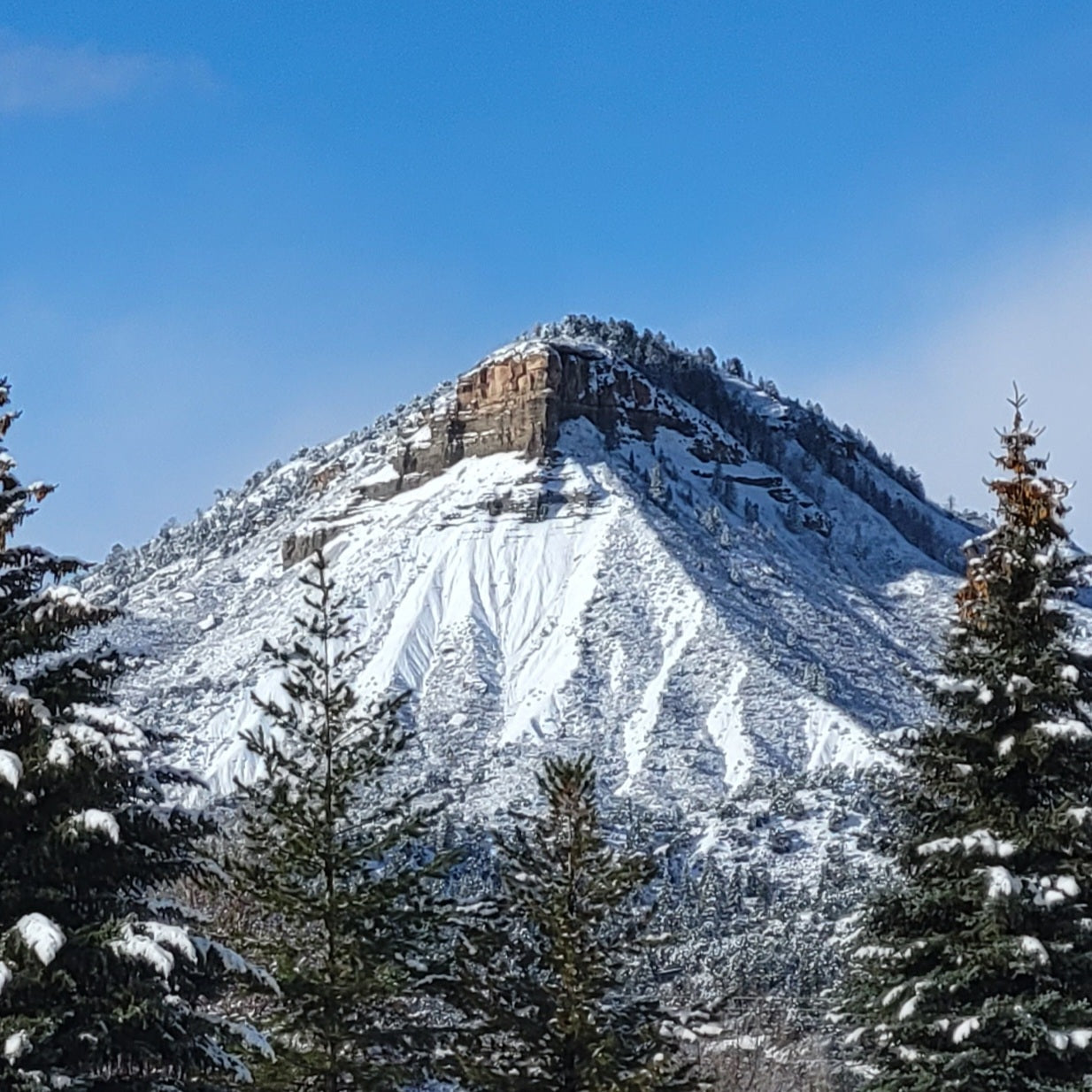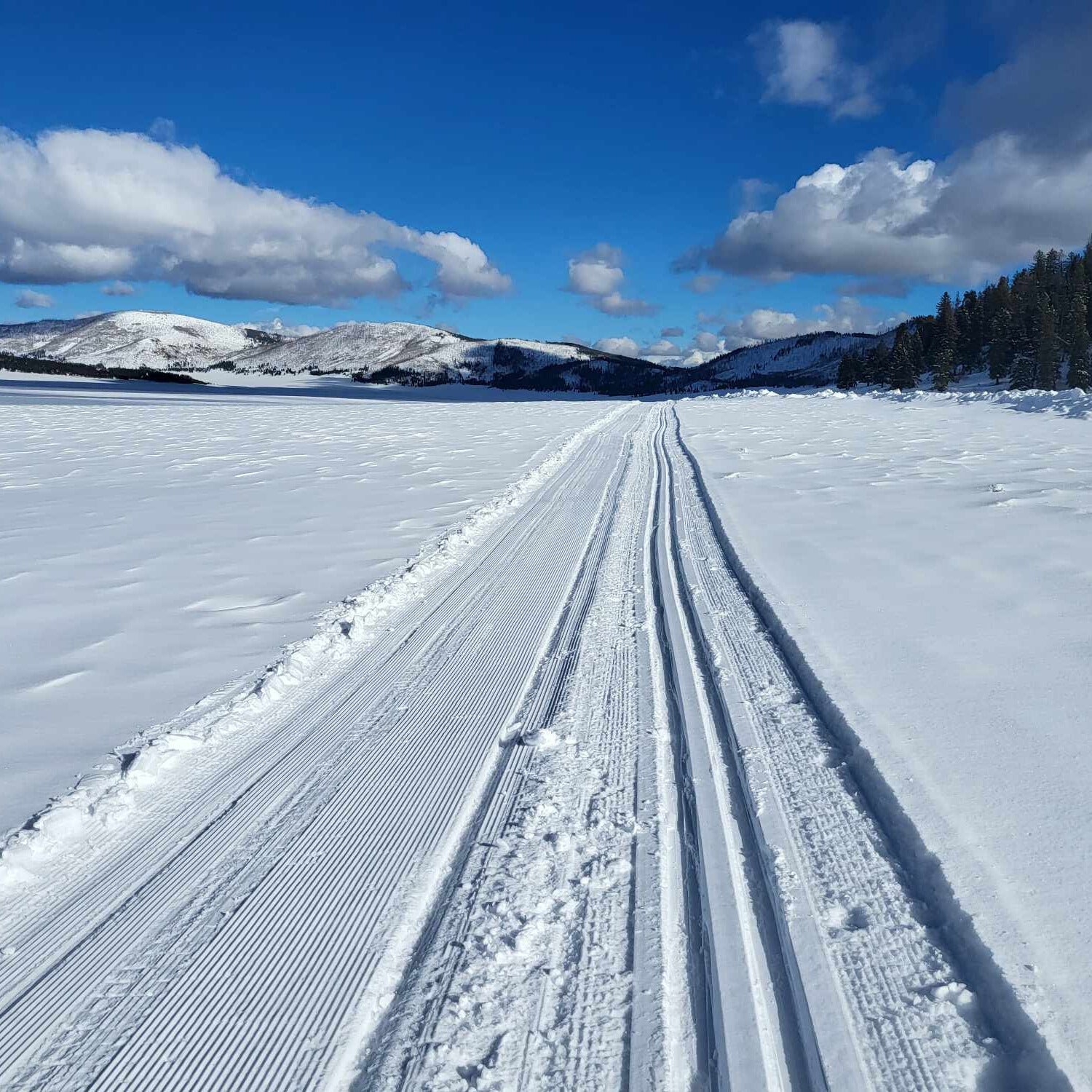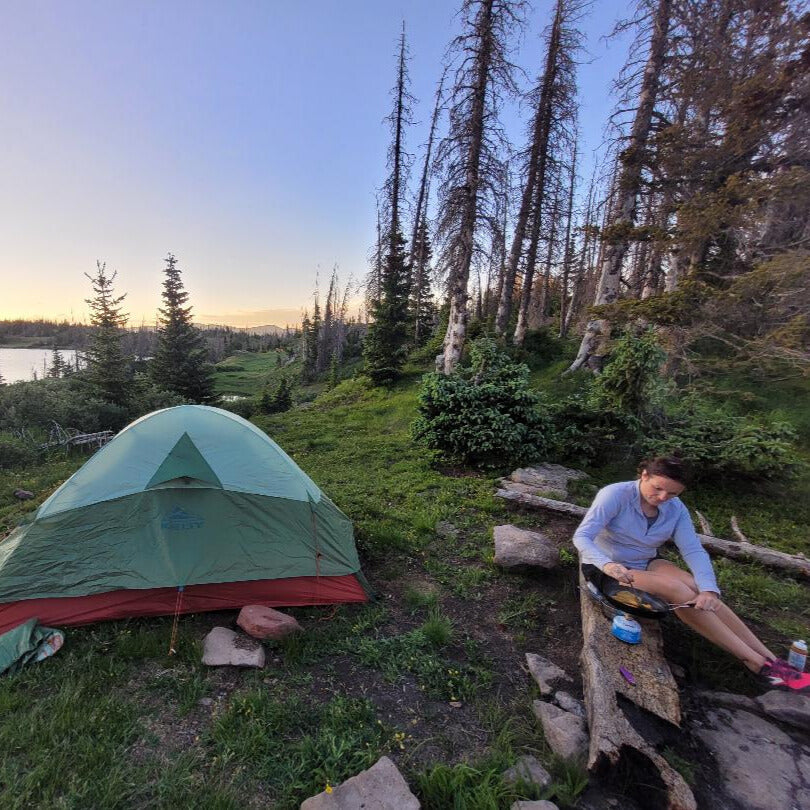Your Cart is Empty
accepting gear drop offs Mon-Sat 10am-5pm. No Consignment acceptance on Sundays.
accepting gear drop offs Mon-Sat 10am-5pm. No Consignment acceptance on Sundays.

We developed an online store the week after the pandemic closed us down in an effort to hustle, stay afloat and continue to serve our customers curbside. It worked because you supported us. And now, we are able to turn it off and focus once again on what we do best, helping our community find the gear they need, in our shop, at an affordable price.
Some may say we are not staying up with the times and perhaps that’s fair, it is 2022. However, what we have realized is that in order to sell online well and really showcase what we offer, both new and used, it would require a hefty amount of time, money and staffing. Instead of focusing those efforts on selling online and shipping gear across the nation we’d like to put our energy into our shop here in Durango. We plan to continue to focus on offering excellent customer service, staff training, non profit partnerships and really dialing in our consignment process. These are all things that benefit our community and the customers and consignors we get to personally interact with each and every day.
There is obviously a market for selling new and used gear online. Many companies are sprouting up each month and making a go at it. There is money to make that we are potentially leaving on the table. However, when Chase and I started this business, making every dollar we could was not the motivation. We wanted to create jobs for ourselves that we loved (check) and grow a business that benefited the community and environment we love (check, check). We will keep doing that and maybe see you out on the trails a bit more instead of behind the computer!
-Jen

Thanksgiving is almost here–and skiing this early is always a gamble. Here are some non-skiing warm(er) weather destination ideas for the long break.

Just a couple hours from Durango, Valles Caldera is a great cross-country skiing destination, with surprisingly good snow and very few visitors.
Valles Caldera National Preserve is a popular hiking destination in the summer and a surprisingly great skiing destination in the winter.

When spending one night (or many) in the backcountry, a warm dinner at night and hot beverage in the morning can make the difference. That invariably involves using a stove of some sort–but which one?
Stove technology has been around for decades, but new tech is making them lighter, more efficient, and more dependable than ever before. Here’s a rundown of the different kinds of backpacking stoves: